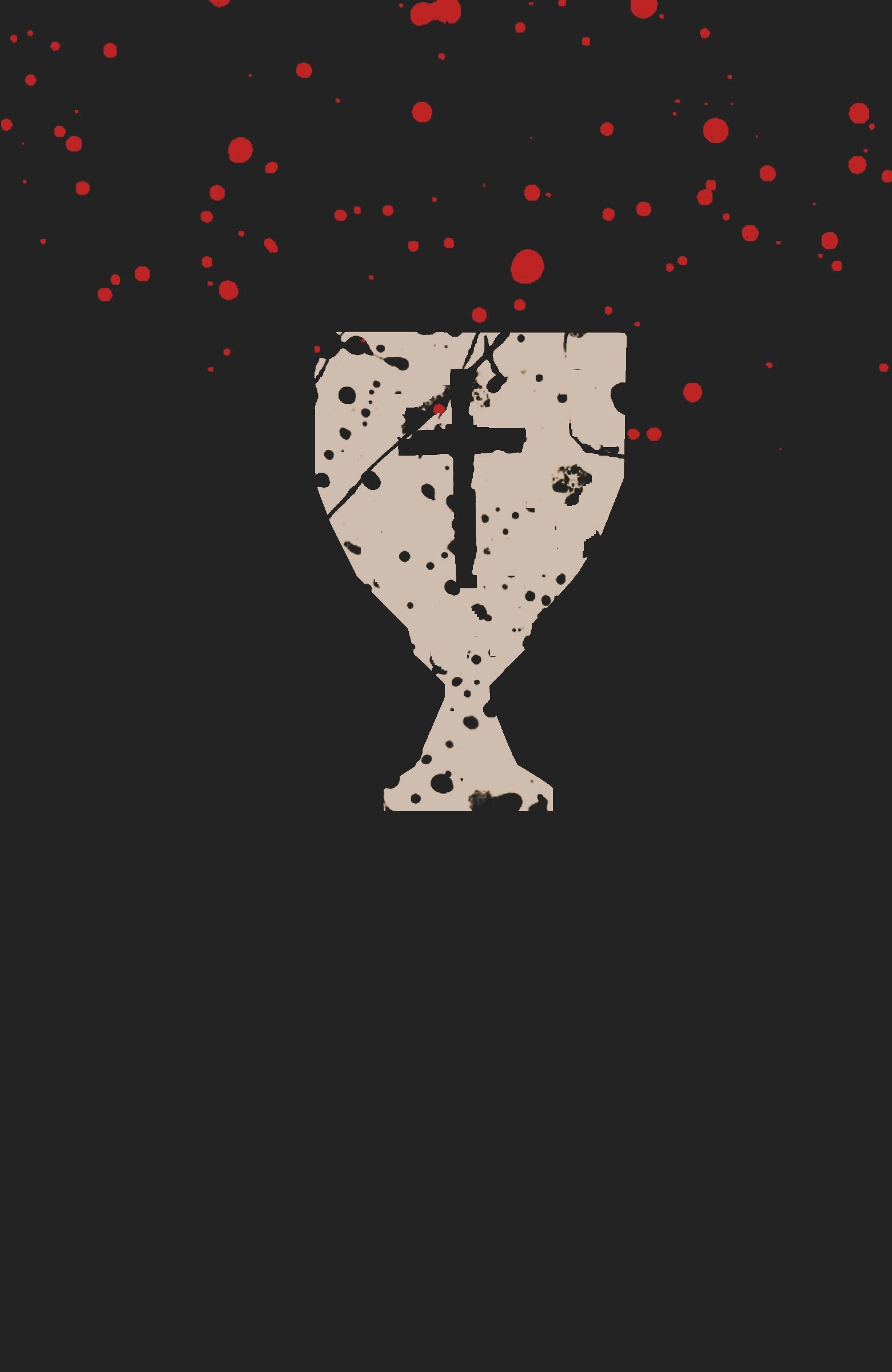Boucicaut Method
/Our Muscular Catholicism/Physical Culture program is best seen through the lens of a hyper-traditionalist Medievalism, or the fitness method of the Crusader Knight Boucicaut - Jean II Le Mangre.
A short biography will show how he is (alongside the Earl of Pembroke William Marshall) the epitome of the Crusading Warrior Poet.
Born in 1366, the son of Jean I Le Manger, Boucicaut became a page at the court of Charles IV accompanying his father in campaigns against the Normans (at the time most of France was under the Norman yoke of the kings Henry); at 16 he was knighted on the battlefield by Louis II. At 17 he began his quest across Europe as a sell-sword fighting for various noble causes. In 1384 he fought against the Moors in Spain (part of the wider, centuries long Reconquista); he fought in France during the almost constant petty skirmishes among the French, Normans, and English; he fought in the Balkans and traveled to Palestine and the Crusader States. During his travels through the Holy Land he and his knight companions composed a body of poetry, the Livre des Cent Ballades, celebrating the virtues of the chivalrous life in the service of kings and ladies.
In 1390, during a truce with England, Boucicaut set up a tournament in Saint-Inglevert with his friends, jousting against knights from across the region and over the Channel. He was renowned by this point as the embodiment of chivalry both for his famed song and physical prowess.
In 1391 he fought in Prussia once again and returned to France to be named Marshal (a highly honorific title vaguely similar to what would today be a starred general in the military, or the Minister of Defense); he fought in the French-Hungarian crusade against the Ottomans which was brutally defeated at the Battle of Nicopolis, where he was taken hostage and ransomed (as most noblemen were).
Upon his return to France he founded a chivalric order (after the fashion of the older crusading orders) Emprise de l’Escu vert a la Dame Blanche, heavily influenced by the popularity at the time of courtly love poets (Amor). He did not leave behind his animosity towards the Ottomans and fought again in 1399 aiding the Byzantine Emperor Manuel II Palaeologus.
Throughout the first decade of the 1400’s he fought in various petty struggles of the French in the Mediterranean against the Venetians and other island kingdoms (Cyprus, etc.). Finally at the infamous Battle of Agincourt in 1415 he commanded the French vanguard and was captured by the English, dying unceremoniously in Yorkshire in 1421. He is buried in the Cathedral of Tours in his family’s chapel under the epitaph “Grand Constable of the Emperor and the Empire of Constantinople”. He may have lived a life in service of his beloved nation, France, but he died and was interred under the banner of Crusader.
Boucicaut’s infamy on and off the battlefield was credited with his rigid exercise regime which was exceptionally well structured for the time. He credited his daily training program with his success in the charge against real foes and the joust against rivals. In his biography he lists 10 exercises which were the core of his training:
Jumping onto a horse in full armor
Running or Marching for long efforts
Striking/swinging a heavy mace or blacksmith hammer
Somersaulting in armor
Dancing in armor
Training with weapons in armor
Climbing in between two close walls in armor
Lifting, carrying and throwing stones (his favorite pastime as a youth)
Punching mud and stone to harden his fists
Climbing the underside of a ladder in chainmail, which he removed at the top whilst dangling from one arm
It doesn’t take a combat expert to see that Boucicaut had developed what we would now see as a solid cross-training plan utilizing all fuel systems (cardio, lactic threshold, and creatine phosphate). We can copy this method with relative ease with very few minor modern adaptations:
Gymnastics vaulting, box jumps, or wall jump-over in weighted vest
Running or rucking with weight
Mace swings or sledgehammer-tire slams
Calisthenics, animal movement, grappling drills/sparring (BJJ rolling)
Aerobics workout in weight vest (1980’s dance style for extra points)
Combat/defensive rifle & firearms training in armor & full kit
Rope climbing in weight vest
Weightlifting; core barbell lifts, or heavy dumbbell/kettlebell exercises
Striking pads & heavy bag work to harden fists
Weighted pull-ups or monkey bars in weight vest







